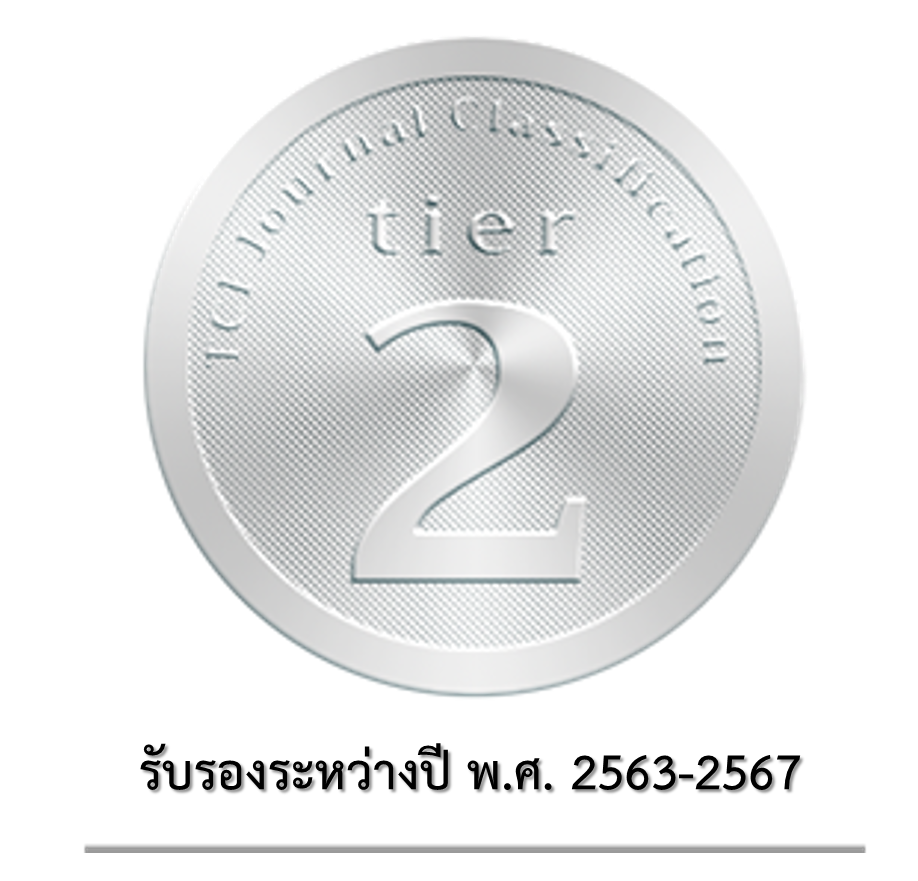Undergraduate students' Behavior under PM 2.5 Dust Environment in Dusit, Bangkok
Keywords:
Perception, student behaviours, PM 2.5Abstract
This research aimed to: 1) study the perceptions and behaviors of undergraduate students living under PM 2.5 dust conditions of Dusit District, Bangkok; and 2) to compare these behaviors among students classified by personal factors. 323 undergraduate students were identified using W.G Cochran’s quantitative research method. The samples were obtained via simple random sampling and accidental sampling. The research tools were questionnaires. The statistics used for data analysis were content analysis, percentage, frequencies, mean, Standard deviation, One Way ANOVA, and Correlation. The sample group had the highest level of awareness of PM 2.5 particulate matter (X ̅ = 4.32), when considered individually, it was found that PM 2.5 dust had the greatest impact on the respiratory system (X ̅ = 4.64. ) Subsequently, PM 2.5 dust causes nasal irritation, stinging, coughing, phlegm, burning and forest fires resulting in PM 2.5 dust (X ̅ = 4.48) and automobile smoke resulting in dust (X ̅ = 4.48) Moreover, it was found that the samples with different gender, age, educational level showed no different behavior under PM 2.5 dust environment. However, students with different levels of perceptions towards PM 2.5 had a statistically significant difference in their behavior in PM 2.5.
Downloads
Published
How to Cite
Issue
Section
License

This work is licensed under a Creative Commons Attribution-NonCommercial-NoDerivatives 4.0 International License.



